Ages ago a friend was looking through my portfolio of commercial studio food & product and asked me “how do you know when an image is finished?” At the time, the easy answer was that, because it was a commercial shoot, it was done when the client signed the Polaroid - aka approved the shot. Of course, I never gave the client something I didn’t feel strongly about - but it’s not so easy when it comes to my own artwork.
Case in point being the above image - which is from a new body of work I started creating last fall. The series will be visually connected to my Chance Chronicles series, which are platinum-palladium handmade prints. This time I want to increase the sense of narrative within each image and most of them will have a figure in them. The jury is still out on where this image is going.
It started fairly simply with an original image where I loved the trees. The scene is a cemetery, in my home town, and I loved the sense of mood within the scene. Looking over at the far right, you’ll see the beautiful weeping willow which sparked me. I also loved the slight mist in the air, not sure if it was mist or smoke, either way, I loved it. Most of my composites start with a strong original - it’s the visual equivalent of using the best ingredients when cooking.
I starting thinking about what I would like to do with the image and first brought in more trees to narrow the field of view - emphasize that we are in the woods. Then I removed the background to allow space for a narrative to happen. In addition, because the end output will be platinum-palladium prints, I edit them with warm-toned, black & white adjustments so I can previsualize what the final print will look like. Once the background has been removed, I start exploring what would work in that space. Emotionally, I want this sense of being hidden in the dark foreground and looking out at…?
I like the idea of a river - many of my images have that sense of journey within them - but the question then becomes - journey how? This feels like a setting, but it needs more.
I thought about adding someone in a boat - lately I’ve been obsessed a bit with small rowboats and have been surprised how few of them there are around here. Turns out SoCal isn’t a wooden rowboat hotspot. But I kept looking and eventually decided to start with a version that I could replace later. This originally had a person in it, which I removed because it became too specific. And that’s where I am now, I have a focal point, but the variations and questions have continued.
What if I used lighting to be a part of the narrative and had something happening over on the far left side? Does this work or am I simply splitting the area of interest? What should or could be happening on that left side - where is the light coming from and should we see it?
What if I brought back a percentage of the original background and created a swamp with the boat having run aground? I love the atmosphere and the density of it. This might be a direction to pursue. Usually at this point I make a second image file and work on it separately to see where it can take me. (I do think of it as taking me somewhere - as if it has a life of its own - which I think artwork does)
Maybe the heaviness of the foreground is too much and I should open the tones up more? This is a bit of a mute point right now because I’m just at the digital composite stage - once I start making the prints, the real tones will help answer this question.
And what if I do decide to add a person? How will they function in the scene? I’m also wondering about whether or not to retain the gravestones - they are the shiny rectangular shapes in the foreground. Without them it becomes less specific, with them it’s part of the story - but then it can become too specific - makes me think of the river Styx, that final passage in Greek mythology - and, once again, that really feels too dark and too specific. Creating a visual narrative is like poetry, you want to imply, to create a direction but allow the viewer to fill in the specifics. One of the big lessons I learned early on was being cautious about going into too much detail on what an image means to me, because it robs others of the space to make their own stories. Finding ways to activate the viewer’s imagination is where I want to be.
So “How do you know when it’s done?” is a very good question. Some images just come into being almost as if they existed beforehand and I was simply their conduit. But others are more fluid and tell different stories depending on your choices. I’m still looking for that sense of balance that feels right to me, a narrative space I connect with, that is also open for others to create their own stories.





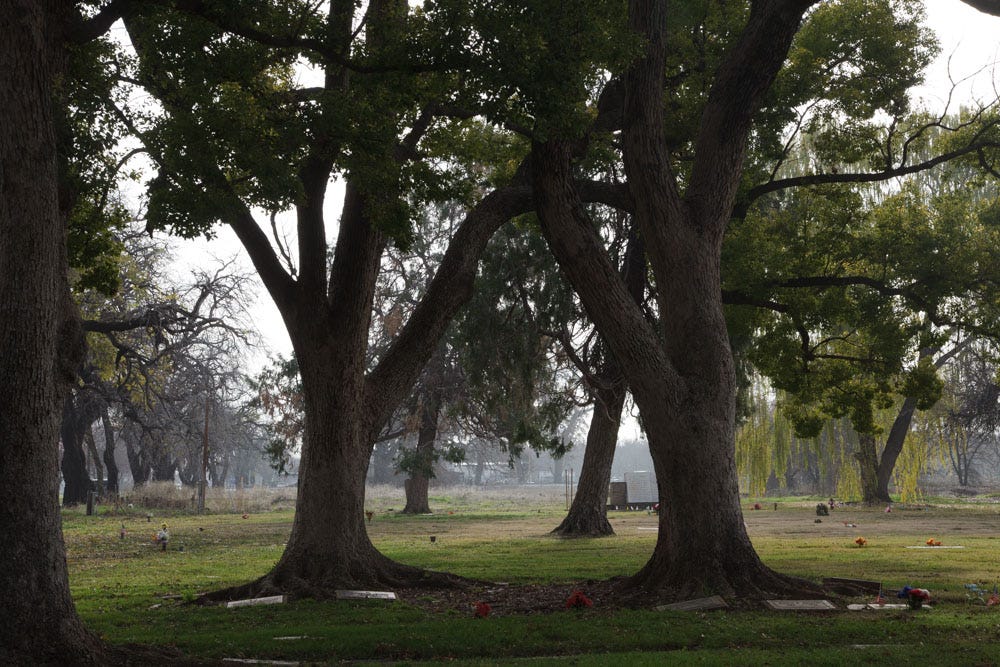
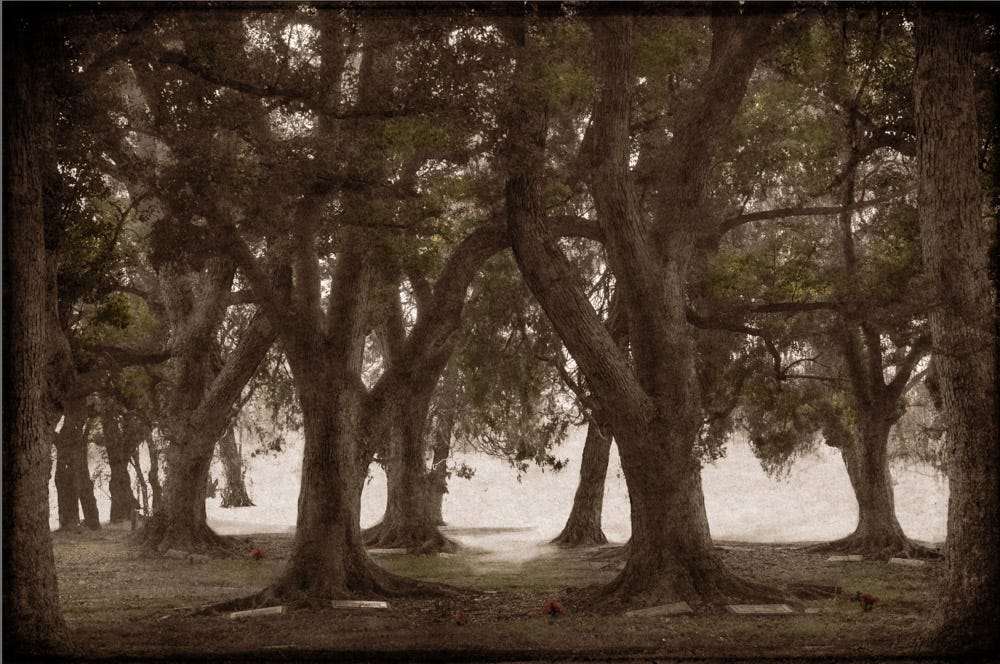
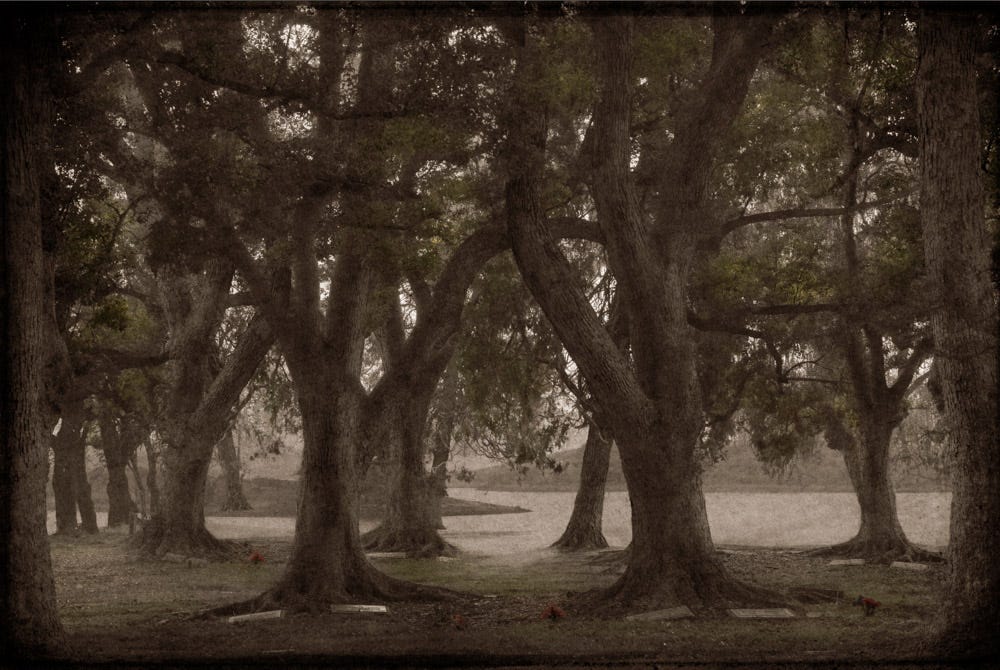
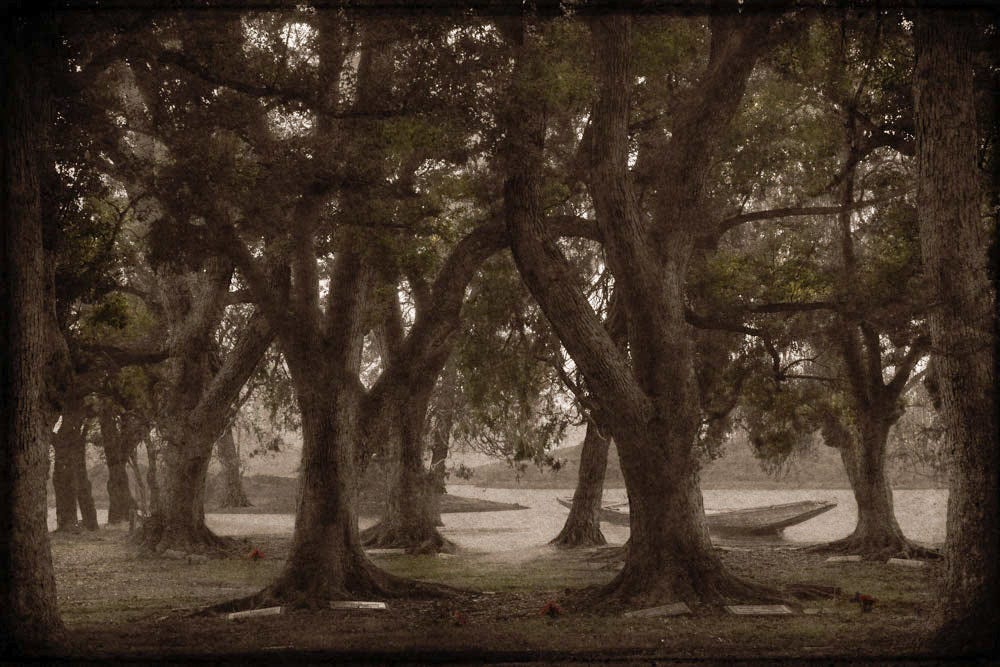
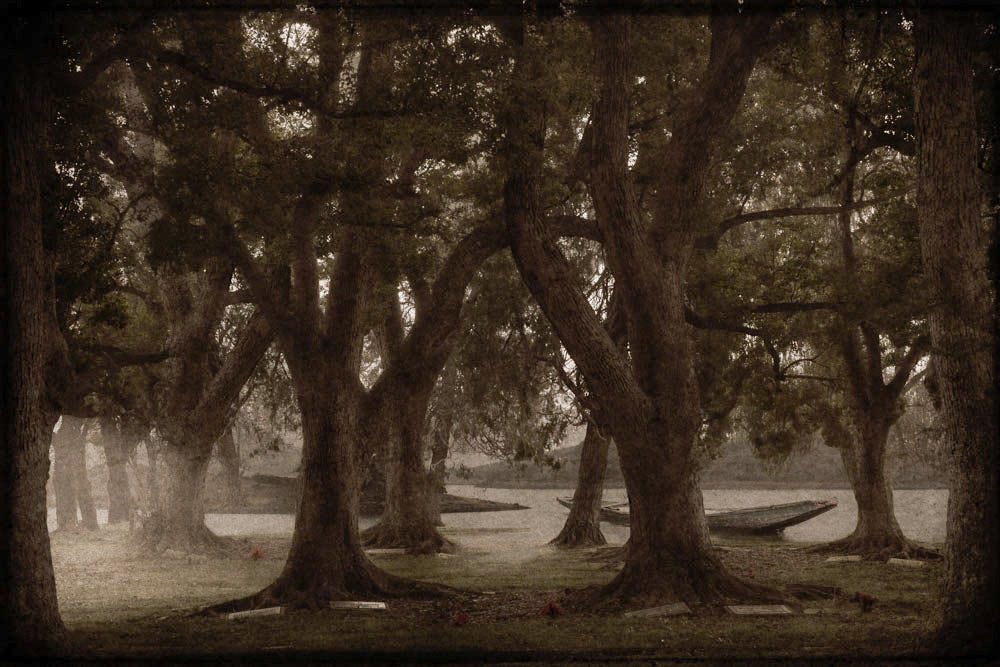

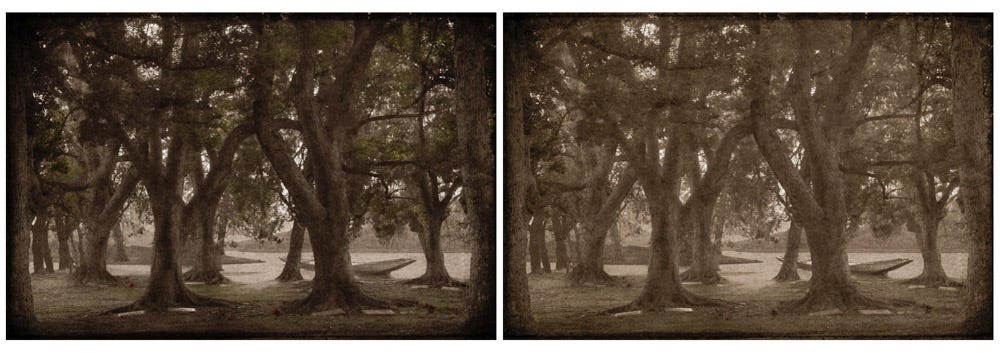
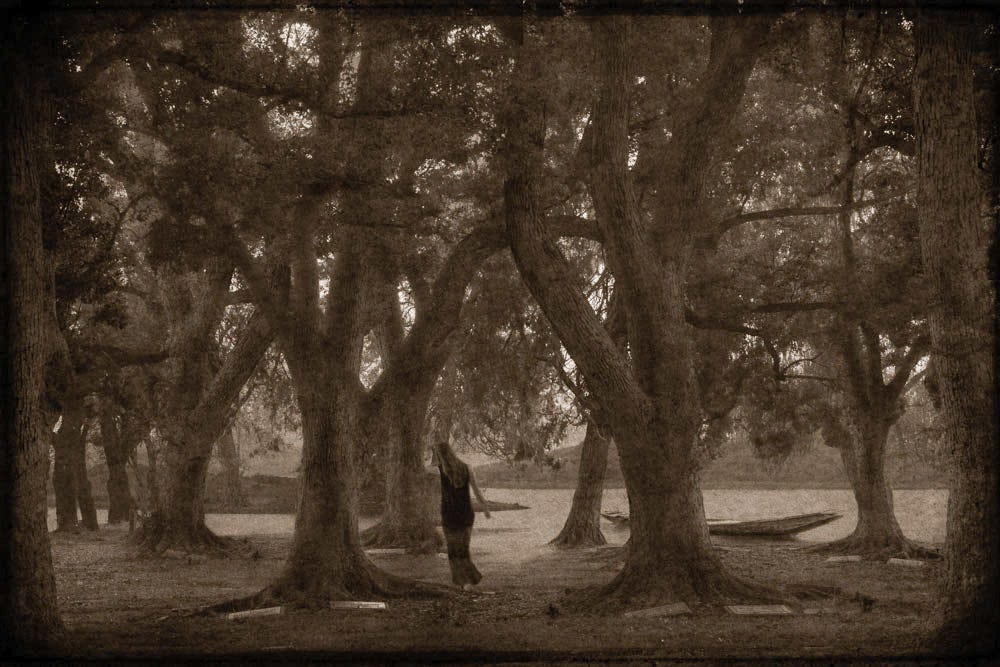
When is a painting done? It's done when YOU think it's done. No one else, since it's not commercial and you are the end judge. I like the concept of this new posting.
Thanks for sharing your thought process of how you work through an image. I often have multiple versions of an image I am working on, it gets hard to choose which is the final version.